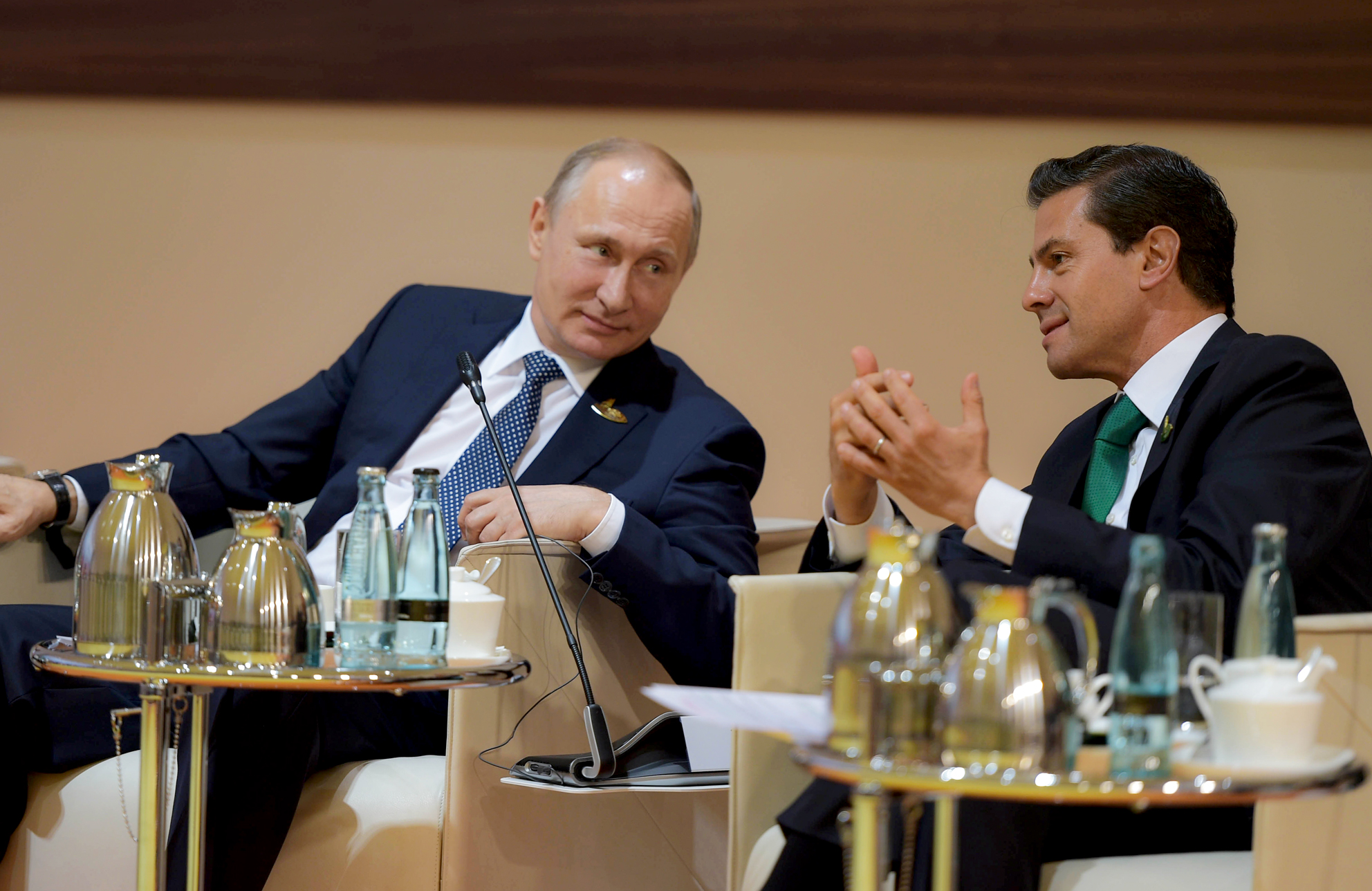“I’m sorry, the Russian Mafia is after me.” While this statement sounds like it’s straight out of a 1960s Bond movie, it was actually uttered by disgraced NFL defensive lineman Justin Bannan on October 16th after non-fatally shooting a woman in a building he partly owned. The validity of Bannon’s claim is for prosecutors to decide, but the news headlines surrounding the incident raises the question: how prolific is the Russian mafia today?
While the Russian mafia is a favorite antagonist of Hollywood screenwriters, it is thought to be all-but-defunct in reality. After all, when was the last time anybody in the U.S. heard about major Russian mafia activity?
The criminal underworld is thriving like never before in Europe. The individuals and groups are not random; they are highly organized, well-funded and responsible for rising levels of cyberterrorism, money laundering and murder. Fortune Magazine lists the Solntsevskaya Bratva, alternately known as the Russian mafia, as the largest organized crime group in the world and it ranks above both the Japanese Yakuza and the Mexican Sinaloa cartel in terms of overall revenue. More interesting than its current standing is how it achieved its status. From a culture that encouraged crime to a government that aided and abetted it, the Russian Federation has become a hotbed for a growing criminal underworld.
Soviet-era repression has given way to a marriage between kleptocracy and organized crime. Among industrialized nations, Russia’s relationship with crime is uniquely symbiotic. Organized crime in Russia has blossomed as an outgrowth of the political machine. Mafia cells have undertaken assassination attempts, facilitated coercion and acted as tools for the assorted and sundry dirty jobs the Russian elites require.
Russian vory, thieves, have been a staple since Stalin’s U.S.S.R. Mark Galeotti, a Senior Associate Fellow at the Royal United Services Institute and author of The Vory: Russia’s Super Mafia writes in the 2018 book that Joseph Stalin incentivized the collaboration between criminals and the government during the 1917 Bolshevik revolution. The soon-to-be Soviet leader utilized gangsters to rob banks and commit piracy to fund the revolution and sow chaos amongst the establishment. Once the Communist Party took power, the government allowed those trapped in gulags – Soviet forced labor camps housing all ranges of criminals – to attain an easier life in exchange for acting as enforcers for the government.
These newly established enforcers formed the seedy underbelly of Russian society that expanded upon the collapse of the U.S.S.R. and the move towards free-market practices. Since his rise, Vladimir Putin has incentivized gangsters to do his bidding in a new way. Rather than overt collusion, the Russian government, as ABC puts it, “make[s] its views known” and allows gangs to operate within the guidelines set forward by Putin.
As the European Council on Foreign Relations notes, more and more crime networks tangentially linked to Russian actors have appeared all over Europe. Multiple politically convenient assassinations or assassination attempts have been made on anti-Russia figures by gang members who have been accused of being Russian assets. The Russian government, via the Russian mafia, has dabbled in ventures ranging from hacking to money laundering.
In February of 2018, 18 Russian nationals were accused of money-laundering €50m through Spanish real estate. Among those accused was one Vladislav Reznik, a member of Putin-loyalist party United Russia. An attempted assassination of Chechen Adam Osmayev, a staunchly anti-Putin freedom fighter, was allegedly orchestrated by Russian mafia members in 2017. Since then, the Interior Ministry of Ukraine has pinpointed Russian intel that called for Osmayev’s murder. Leaked secret diplomatic cables from US Diplomats outright called Russia a “mafia state”. In 2019, Europol and Italy’s Anti-Mafia Investigation Directorate met to assess the state of organized crime in the European Union. The conclusions were striking, leading the body to declare organized crime as “the highest risk” to E.U. security.
Organized crime is arguably just as difficult a task to wrangle today as it was in the Prohibition era in the United States, with the E.U. scrambling to contain the spread. The exact degree to which the vory impact international organized crime statistics is up for debate, mostly owing to the somewhat decentralized nature of how the Solntsevskaya Bratva operates. Research indicates that many cells of organized crime, especially those in Eastern Europe, are directly connected to the Bratva, including many Chechen mafia-affiliated groups.
This decentralization makes it incredibly difficult to take down, and the Russian government’s implicit support of the vast array of organized crime means that the surge of activity across the European Union won’t be going away any time soon. As demonstrated by its handling of political dissidents and freedom fighters, Russia and Vladimir Putin have little care for the opposition voices to their harsh tactics, whether such opposition comes domestically or from the international community.
The validity of Ex-NFL lineman Justin Bannan’s claims of being the target of the Russian mafia may be in question. After all, with the evident ruthlessness of the many organized crime cells operating in Russia, it seems unlikely that Bannan would have made it as far as he did. Regardless, Bannan’s story spotlights the very real problems facing Europe. Organized crime is frying bigger fish than ever before without any end in sight. What the international community can or will do remains to be seen. For now, take some solace in your safety here in the United States, at least while you still can.
Featured Image Source: Wikimedia / Presidencia de la República Mexicana






Be First to Comment